CONFERENCE VENUE
- The conference will take place in the University of Gdańsk / Faculty of Economics building, room C301 (left picture, green pin
 on the map).
on the map).
– Address: 119/121 Armii Krajowej St., 81-824 Sopot, Poland - The welcome reception will take place in the building of National Quantum Information Centre (KCIK, right picture, red pin
 on the map).
on the map).
– Address: 27 Andersa St., 81-824 Sopot, Poland
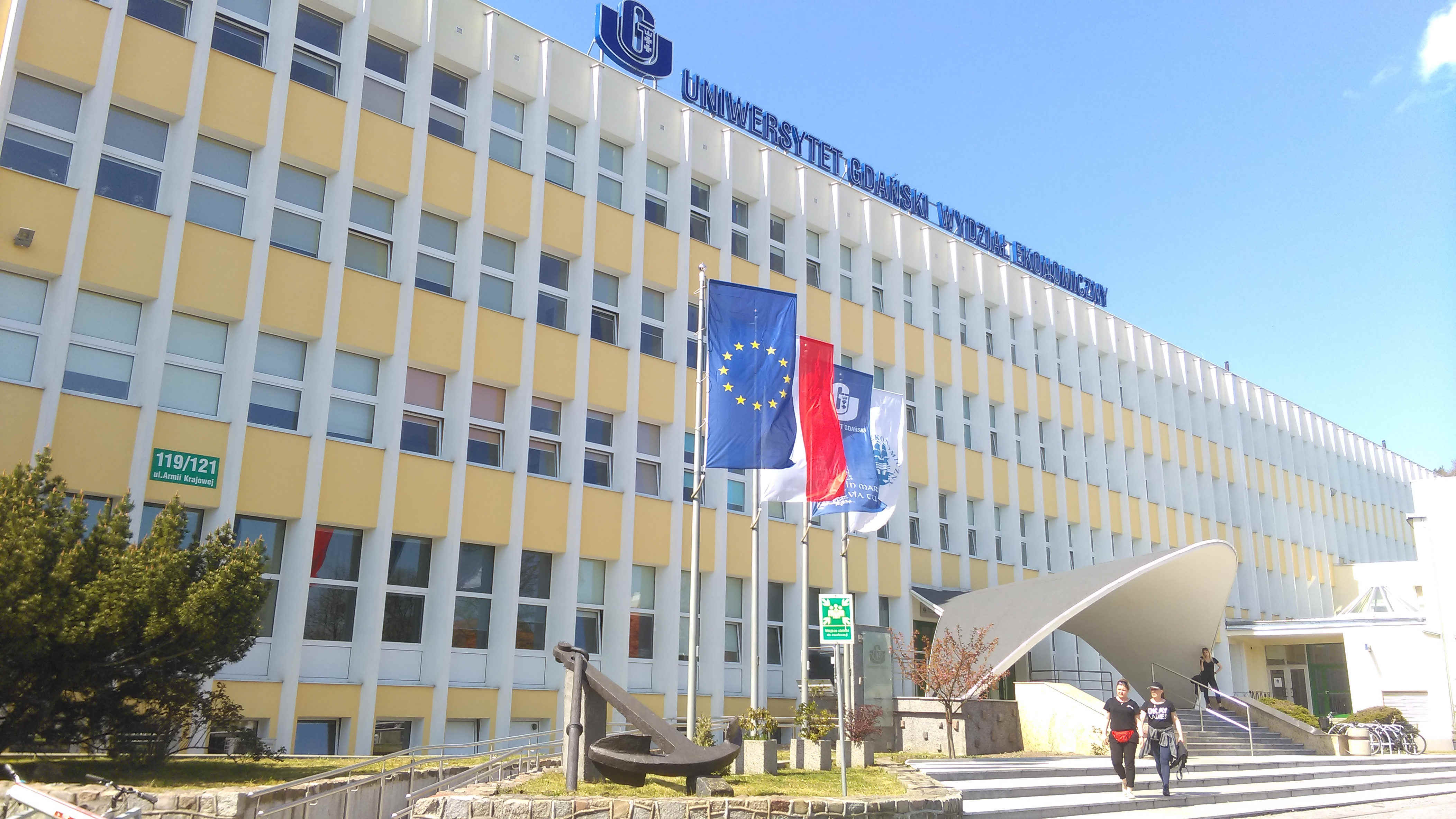 |
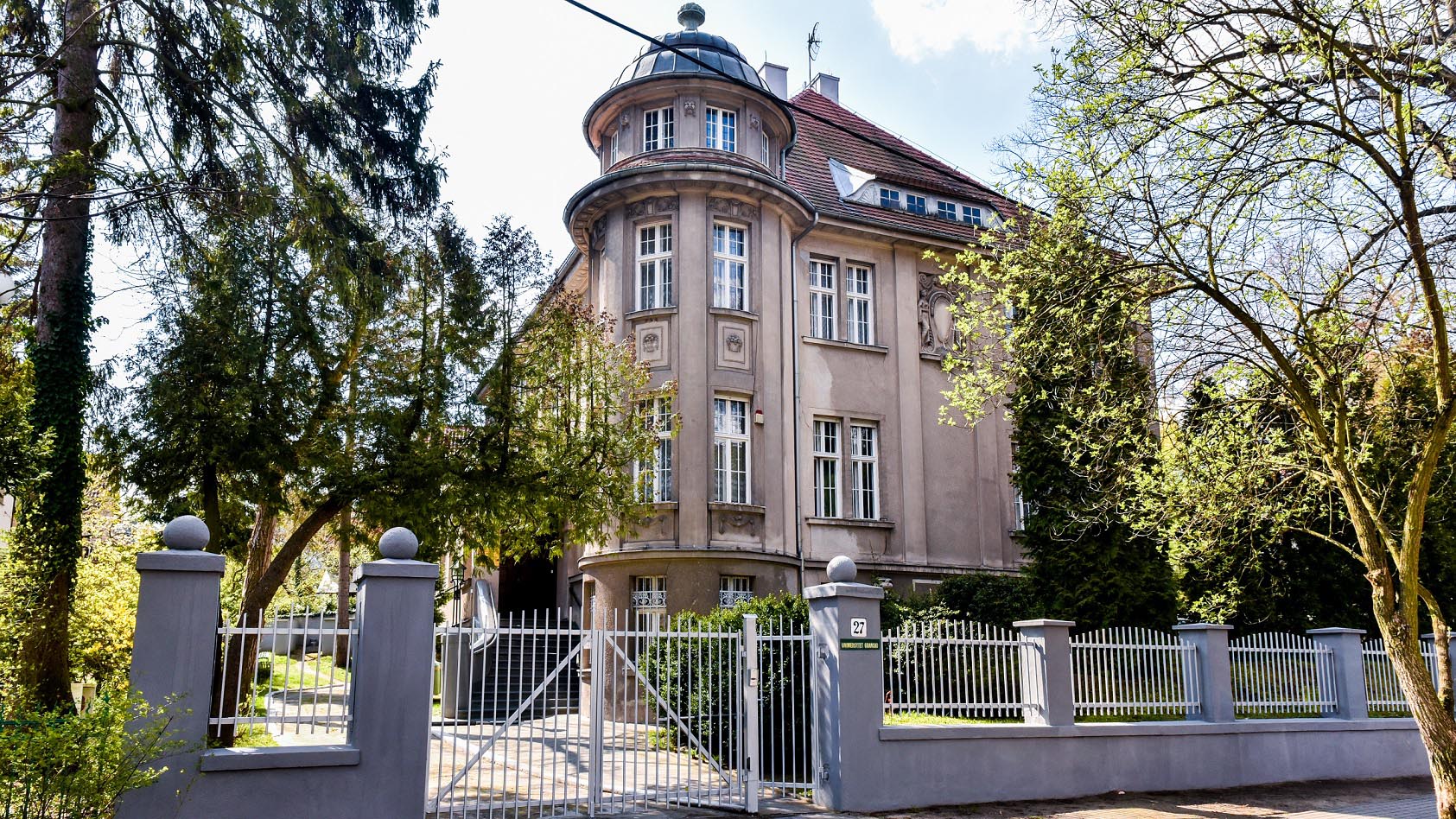 |
These venues are located within walking distance (approx. 10 minutes walk) from each other and from the train station (blue pin![]() on the map). See the map below for details.
on the map). See the map below for details.

ABOUT SOPOT
Sopot is a small town – health resort, situated on the Baltic Sea coast between Gdańsk and Gdynia. These three cities constitute the one-million Tri-City agglomeration, the commercial centre of the Pomeranian province. From the west, Sopot is bordered by the Tri-City Landscape Park, while its eastern border is marked by 4.5 km long sandy beaches of the Bay of Gdańsk. The most distinguished place in the town is the wooden pier, the longest of its kind in Europe. With its numerous bars and restaurants, the centre of Sopot is buzzing all through the summer season.
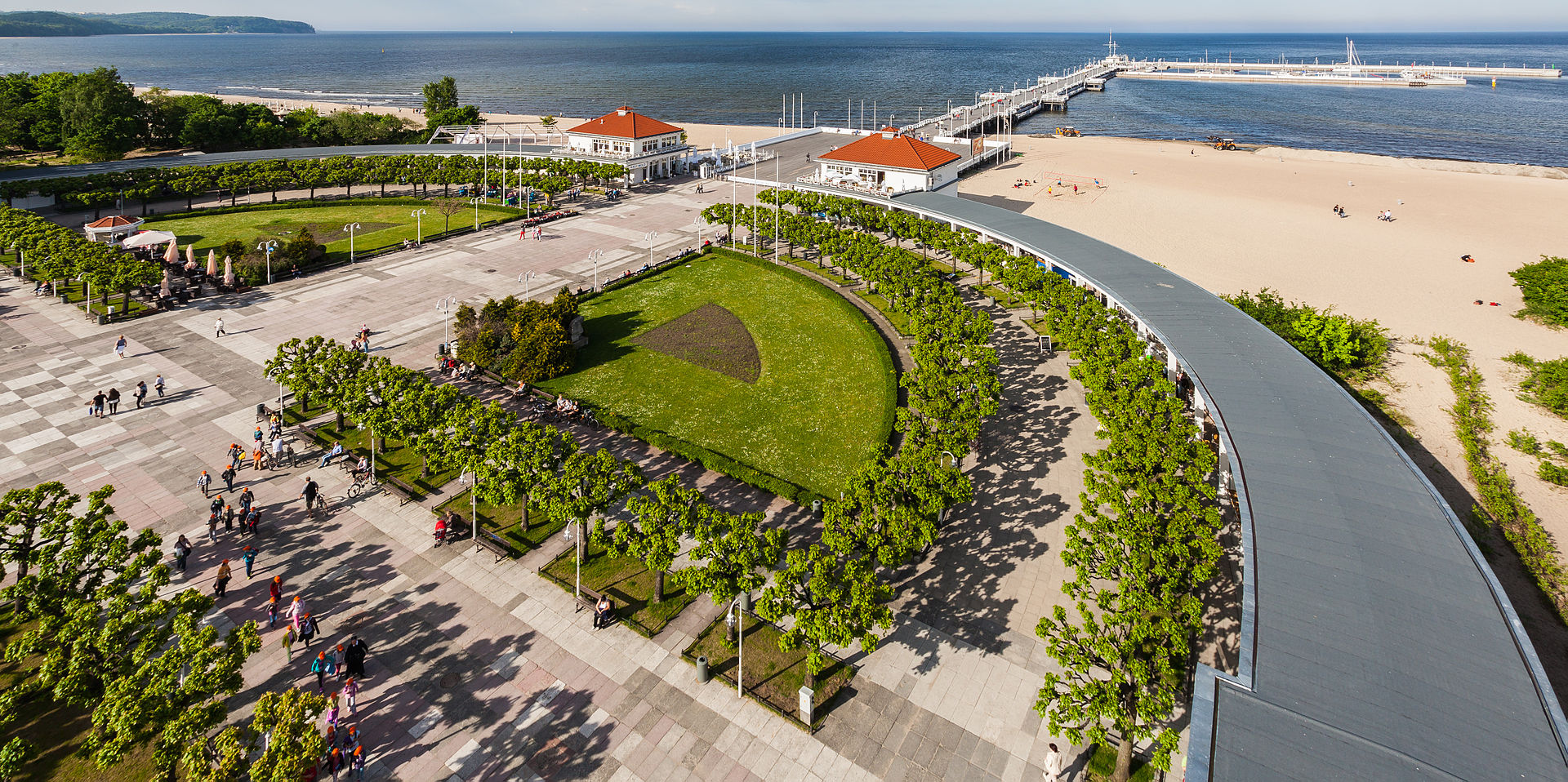
You can find more information about Sopot here.
ABOUT GDAŃSK (conference trip destination)
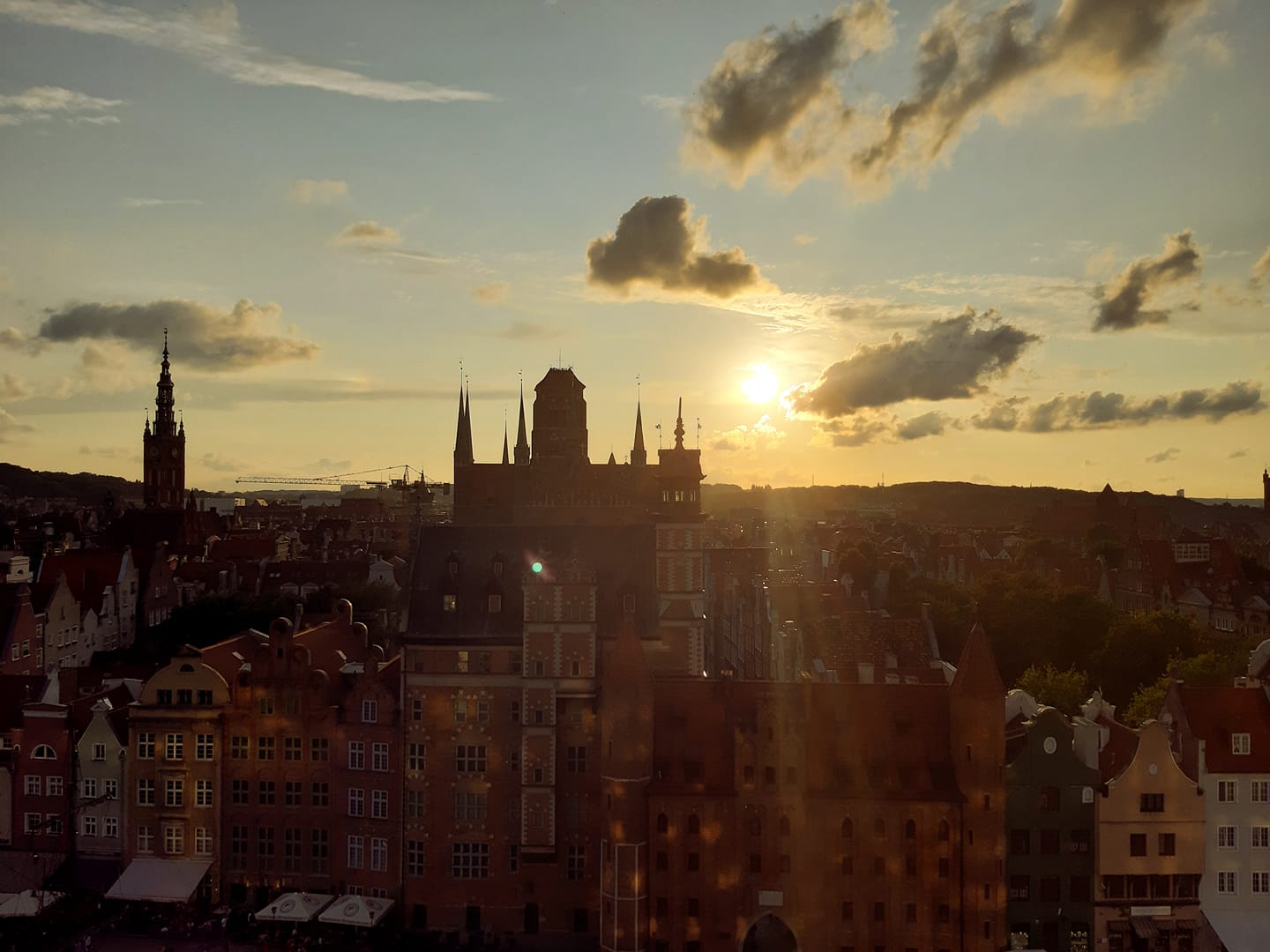 Image by Jakub Szlachetko
Image by Jakub Szlachetko
Gdańsk lies directly to the south of Sopot. Its location over Motława – a tributary of Vistula – in the proximity of its outlet to a calm bay enabled it to grow from a fishing settlement and a military stronghold of the early Polish state in the 10th century to a significant craft and trade hub during the rule of the Teutonic Nights at the end of the Middle Ages. Having attracted German-speakers from the Holy Roman Empire, and being granted economic and political autonomy as a Royal City of the reunited Kingdom of Poland in 1467, it became its largest town and the main harbour of the Baltic, where grain, art, and products of forest and iron industry were exchanged for wine, salt, colonial commodities, religious heresies, and the love of brick architecture. One of the biggest cities and fortresses of Northern Europe, it lost part of its population and significance in the era of the Partitions of Poland and the Napoleonic Wars at the end of the 18th and the beginning of the 19th century. Its revival came with the industrialisation of the German Empire in the second half of the 19th century, when modern shipyards, ammunition factories and railway connections were constructed, and residential areas expanded. Declared Free City in 1919 and sandwiched between Poland and Germany, it saw the outbreak of the Second World War in Europe twenty years later. While some of its districts survived the war with little damage, the centre was largely destroyed, but subsequently reconstructed. In the 1970’s and 1980’s its shipyard industry was the focal point of workers’ protests against the policies of the Socialist government, which lead to the creation of the Solidarity trade union, and subsequently to the re-establishment of democracy in Poland. Today it remains the only Baltic harbour accepting the largest transoceanic container ships, as well as a holiday destination for those enjoying its wide sandy beaches and historic architecture, including the largest brick church in Europe. While hilly oak forests connect it in the west with the lake-dominated landscape of the Kaszubian highlands, alluvial, channel-crossed lowlands of the Vistula Delta in the south and east encompass the city of the astronomer Jan Heweliusz, the physicist Daniel Fahrenheit, the philosopher Arthur Schopenhauer and the anti-communist opposition leader and later Polish president Lech Wałęsa.
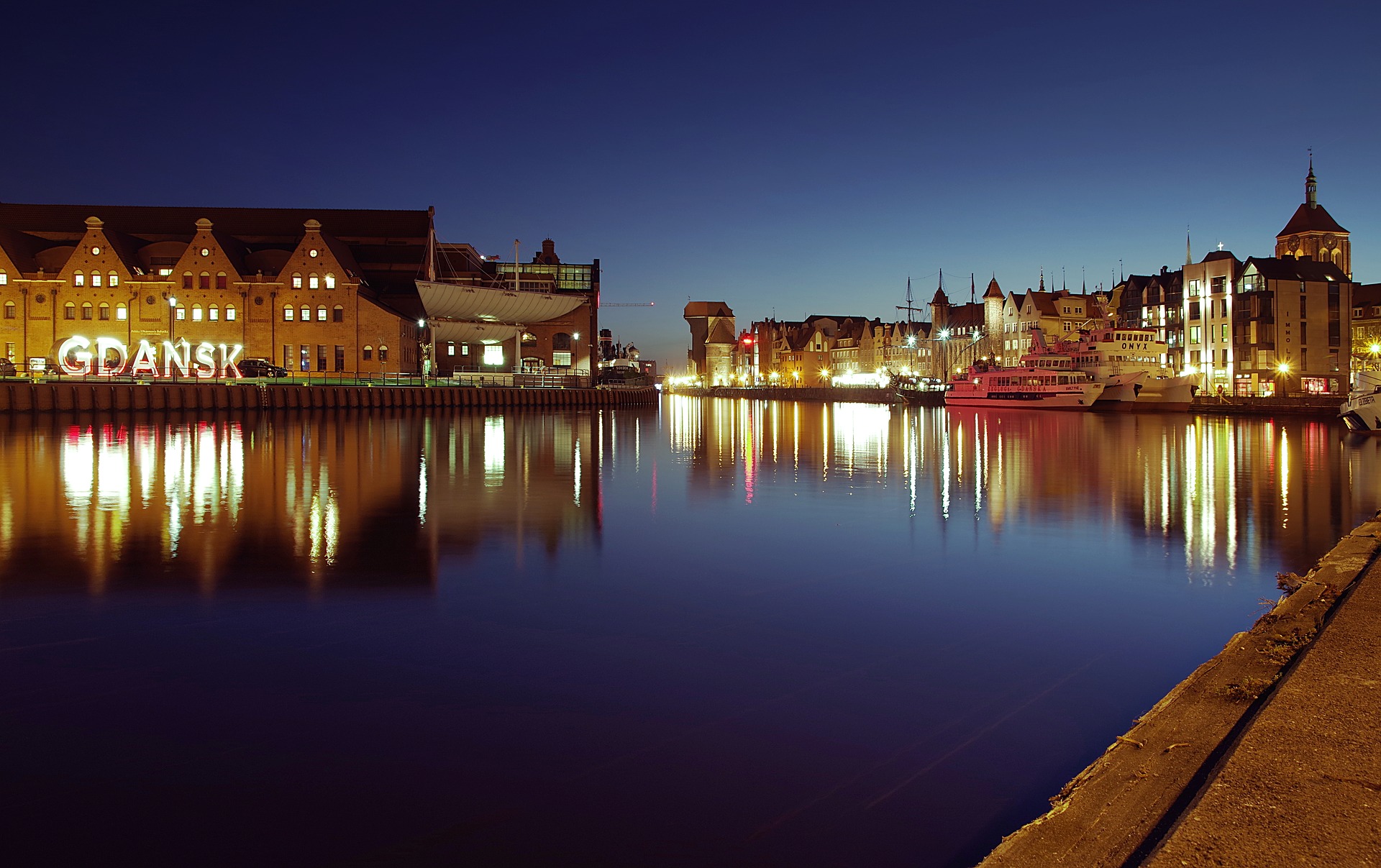
HOW TO REACH SOPOT/GDAŃSK
Sopot is located on the Baltic coast, approximately 350 kilometres north of Warsaw (see the map). You can reach Sopot by plane, train and ferry.
By plane
-
-
- Gdańsk Lech Walesa Airport – located 15 km from the centre of Sopot, with flights to many cities in Europe. This is probably the most convenient way to reach Sopot from abroad. From the airport, the conference venue can be reached by:
– taking a taxi (approx. 30 min., cost approx. 60 zł) or Uber (this could vary between 30-60 zł).
– taking the suburban train (PKM) to Gdańsk Wrzeszcz (the initial station, Gdańsk Port Lotniczy, is located next to the airport; the journey lasts 24 min. – 7 stations), then change to another SKM (Fast Urban Train) train to Sopot (directions: Gdynia, Rumia, Wejherowo or Lębork; 13 min. – 6 stations; please note, that you should get off at Sopot station – not Sopot Wyścigi or Sopot Kamienny Potok). The price of the ticket is 3,80 zł for the whole journey. You can buy a ticket at the machine on the platform, or on the train from the conductor. The conference venue is located within walking distance from Sopot station. - Warsaw Frederic Chopin Airport – main Polish international airport with flights to many cities in Europe, North America, Asia and Africa. From there you can catch a flight to Gdańsk (approx. every 2 hours), or take a bus, suburban train or taxi to the railway (PKP) station “Warszawa Centralna”, then take a train to Sopot (every 2 hours or less, the journey lasts approx. 3h). Please note, that you are not allowed to enter so called InterCity Premium trains (“Pendolino”) without a valid ticket – you must buy it in the ticket office at the station, or online in advance.
- Gdańsk Lech Walesa Airport – located 15 km from the centre of Sopot, with flights to many cities in Europe. This is probably the most convenient way to reach Sopot from abroad. From the airport, the conference venue can be reached by:
-
By train
-
-
- PKP – Polish National Railways – direct and frequent connections from Sopot to all major Polish cities, as well as to Berlin, Vienna and Lviv. To reach the conference venue, simply get off at Sopot station, from where both conference venues are within walking distance.
-
By ferry
-
-
- Polferries – cruises between Gdańsk (5 km south-east from Sopot) and Nynashamn near Stockholm.
- Stena Line – cruises between Gdynia (10 km north from Sopot) and Karlskrona.
-
LOCAL TRANSPORT
We recommend the Jakdojade webpage to plan your journey using public transport within the Tri-City. Sopot itself is served by three independent local transport companies: ZTM Gdańsk (buses – painted red / creamy), ZKM Gdynia (buses and trolleybuses – painted blue / white) and SKM (Fast Urban Train – painted yellow / blue).
Buses and trolleybuses
You can buy tickets online or using the mobile apps Jakdojade and SkyCash. You can also buy paper tickets at numerous kiosks situated all around the city, ticket machines, and directly from the driver (on the vehicles of ZKM Gdynia only carnets of 5 tickets are available for purchase). Please note that tickets should be validated inside the vehicle. The tickets of ZTM Gdańsk and ZKM Gdynia are different, but they are both accepted within Sopot.
Local railway service – SKM (Fast Urban Train)
Travelling by SKM is the most convenient way to move between the Tri-City cities Gdańsk, Sopot and Gdynia, and also to reach Gdańsk airport. You can buy tickets online or using the mobile apps Koleo and SkyCash. You can buy paper tickets at the ticket offices situated at the stations, or at the ticket machines; most of them accept debit/credit cards. Please note that the ticket bought at the ticket office should be validated with the yellow validating machines at the station or on the platform before you enter the train. If the ticket office is closed and there is no working machine at the station, you can buy a ticket from the train service at the front of the train. The tickets of SKM and PKP (Polish National Railways) are not interchangeable, but confusion is unlikely, as these companies use different platforms.
Vehicle-sharing services
There are various vehicle-sharing services within the Tri-City. Car-sharing service is provided for 0.80 zł/min and 0.50 zł/km by two companies: Traficar and Miimove. Bike-sharing service is provided for 0.10 zł/min by Mevo. Uber is also operating all around Poland.


